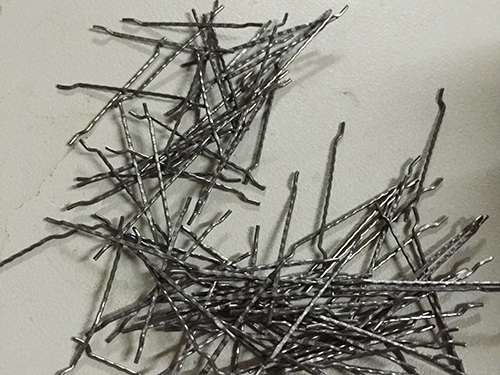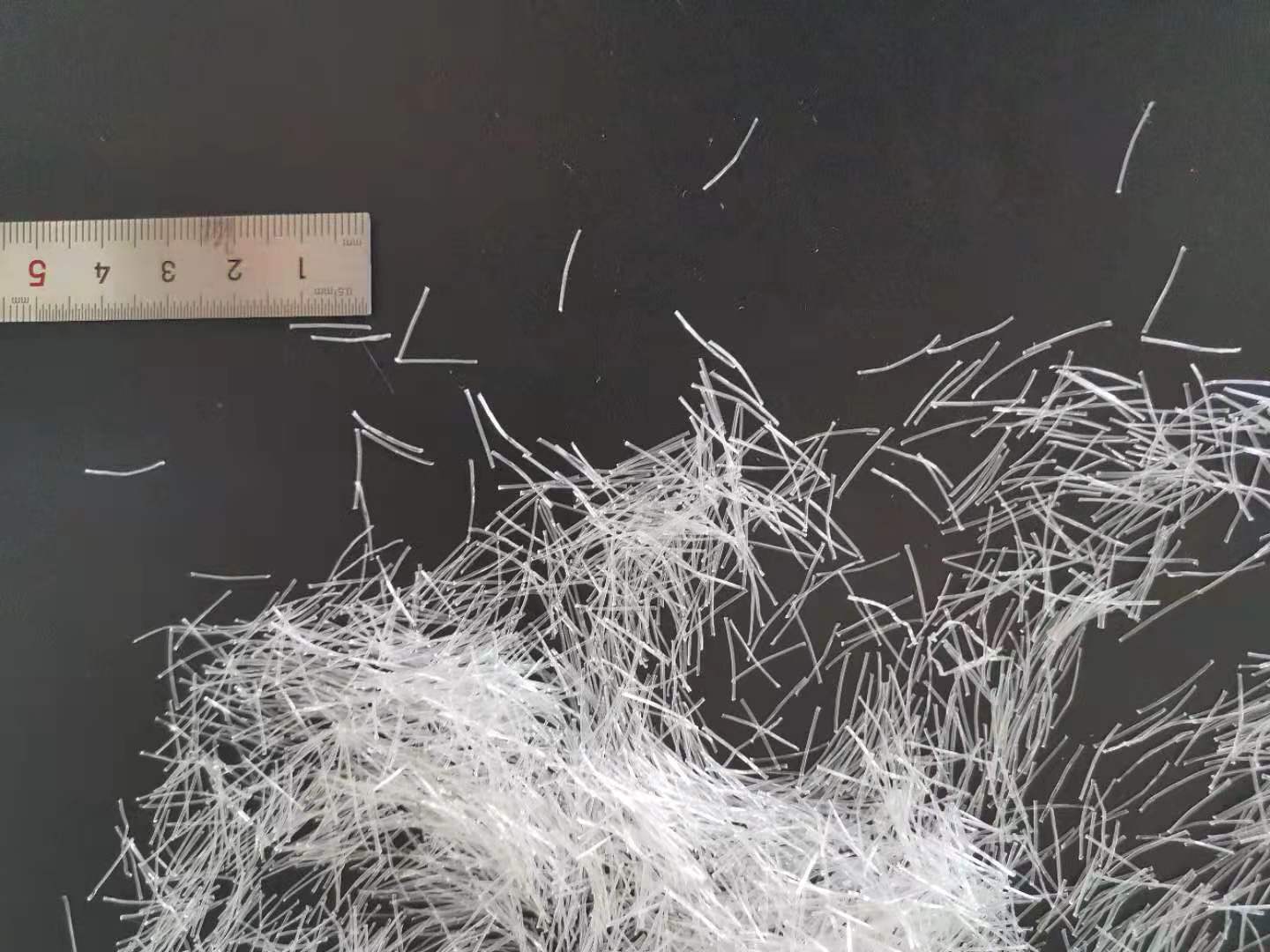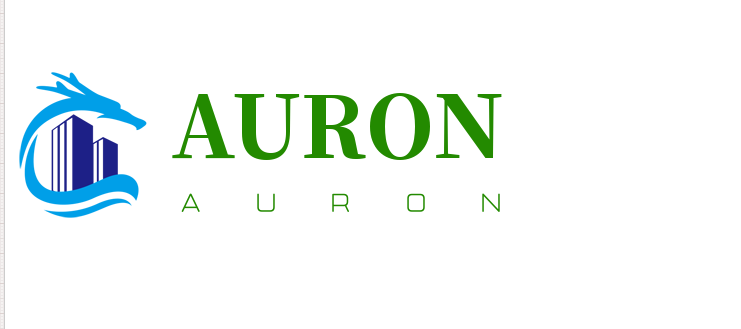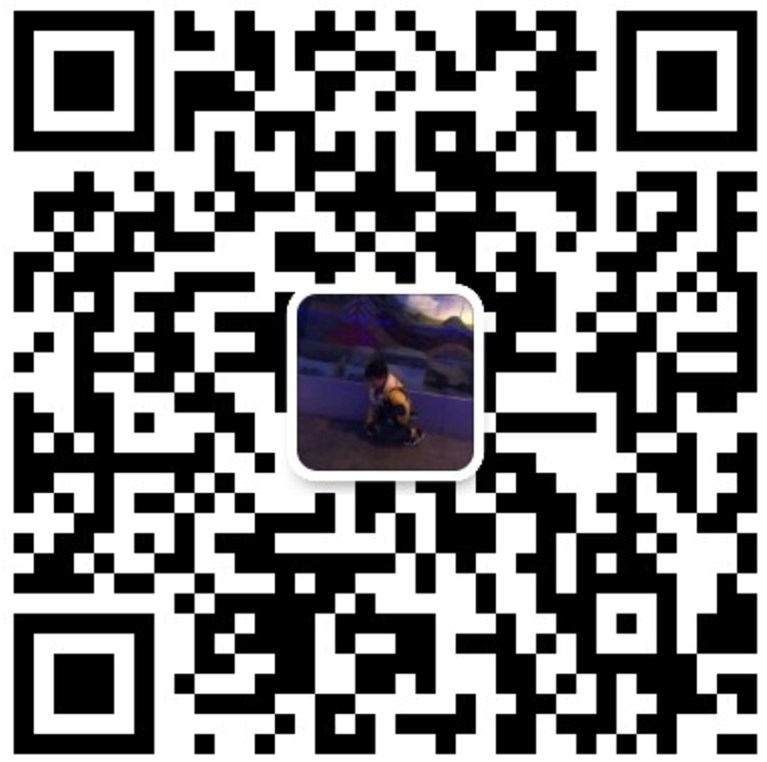There are many kinds of concrete reinforced fiber in the market, such as synthetic fiber, steel fiber, glass fiber, basalt fiber, carbon fiber, natural fiber, etc. In many fibers, it is difficult to choose a suitable fiber for engineering. This is because in the field of fiber reinforced concrete, not only customers lack relevant knowledge, but also fiber and concrete suppliers have incorrect understanding of fiber. Therefore, as a fiber supplier, we should have a correct understanding of the fiber, and can give the relevant test and the use of engineering projects.
According to the European standard en14489 and American Standard ASTM C 116, the fibers for concrete can be roughly divided into three categories
The first category: steel fiber;
The second is glass fiber and basalt fiber;
The third category: synthetic fiber.
The advantage of steel fiber lies in its high strength, which can effectively control the cracking of concrete and improve the residual strength of concrete after cracking. However, the steel fiber is difficult to disperse, easy to rust and corrosion, stab construction workers, wear construction equipment, conduct electricity, interference signal and other problems, which seriously limit the development of steel fiber.

Glass fiber and basalt fiber, due to their excellent mechanical properties, can also provide good reinforcement effect for concrete. However, glass fiber and basalt fiber are usually short (1-2 mm) in length and several microns in diameter, which belong to the series of fine fibers. They can improve the initial crack strength of concrete and control the plastic shrinkage of concrete, but they have no effect on the residual strength of concrete after cracking. After weaving long fibers, the cost of fibers will increase. In addition, glass fiber is easy to break, which is harmful to the health of construction personnel. Basalt fiber will have poor stability due to different minerals.
Synthetic fibers include polypropylene, polyethylene, polyester, nylon, polyvinyl alcohol, polyacrylic acid, aramid and other polymer fibers. According to the diameter of the fiber, it can be divided into fine synthetic monofilament fiber, fine synthetic mesh fiber and coarse synthetic fiber. Fine synthetic fibers, including monofilament and mesh fiber, with a diameter less than 0.3 mm, are used to reduce the plastic shrinkage of concrete, improve the spalling resistance in fire, and improve the freeze-thaw resistance, fatigue resistance and wear resistance of concrete. However, these fibers are not structural reinforcement fibers and cannot provide residual strength after cracking for concrete, so they can not be used to replace steel mesh or steel fiber. Engineering synthetic coarse fiber is the most common coarse synthetic fiber with a diameter greater than 0.3 mm. It can effectively control the cracking of concrete, improve the residual strength of concrete after cracking, and provide structural reinforcement for concrete. Therefore, it can partially or completely replace reinforcement, steel fiber and steel mesh.







